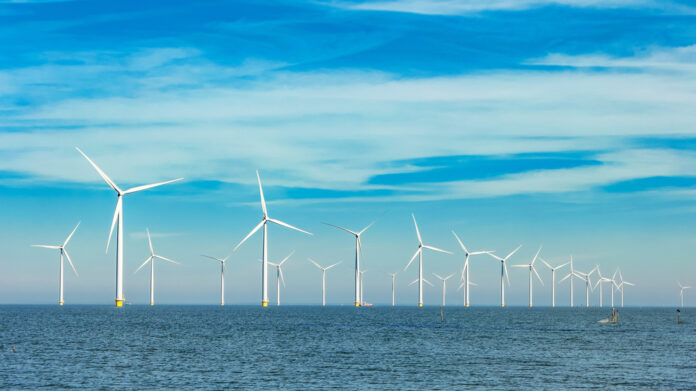The Department of Energy (DOE) is providing significant support to 16 pioneering offshore wind (OSW) projects, collectively set to generate a substantial 16,652 megawatts (MW) of electricity. These projects, slated to begin construction by 2027 and come online by 2028, represent a key step in the Philippines’ energy transition, with potential economic and environmental benefits for the country.
In a statement released over the weekend, the DOE outlined its role in facilitating these large-scale projects, which includes coordinating with key permitting agencies such as the Department of Environment and Natural Resources, the National Grid Corporation of the Philippines, and the Philippine Ports Authority (PPA). This coordination is crucial to ensure the projects meet regulatory requirements and have the necessary infrastructure to support their massive scale.
The largest among the 16 projects is Domhain Earth Corp.’s 3,100 MW Bulalacao OSW in Oriental Mindoro and Antique, followed by Buhawind Energy Northern Luzon Corp.’s 2,000 MW project off the coast of Ilocos Norte. Domhain Earth Corp. is also behind several other notable projects, including a 1,830 MW OSW off Batangas and Occidental Mindoro, and additional plans for 1,600 MW in Ilocos Norte and Cagayan, and 1,500 MW in Bataan, Cavite, and Batangas.
Other significant players include ACX3 Capital Holdings Inc., which has several OSW projects in Quezon Province (275 MW, 475 MW, and 500 MW), and CINMF (PH) Corp., which is advancing a 1,000 MW project in Camarines Norte and Camarines Sur, alongside other projects in Northern Samar and Pangasinan.
Vind Energy Corp. is also advancing two projects, totaling 1,722 MW in Cavite and Guimaras, while smaller projects from Ivisan Windkraft Corp., Jet Stream Windkraft Corp., and Triconti Southwind Corp. round out the list of frontrunners.
The DOE’s efforts to streamline the permitting and infrastructure development for these OSW projects are seen as critical for the Philippines’ renewable energy future. DOE Undersecretary Rowena Cristina Guevara expressed optimism, noting that the Philippine Ports Authority is already planning to build the necessary ports to accommodate these large-scale offshore wind developments.
The government’s support comes ahead of the 5th round of the Green Energy Auction, scheduled for the third quarter of this year, which will feature OSW projects. This auction is expected to further attract investments and expedite the country’s renewable energy goals.
With the Philippines’ current wind energy capacity at just 427 MW—roughly 1.4% of the national total—these new OSW developments could dramatically reshape the country’s energy landscape, offering both a reliable source of clean energy and significant economic opportunities.







